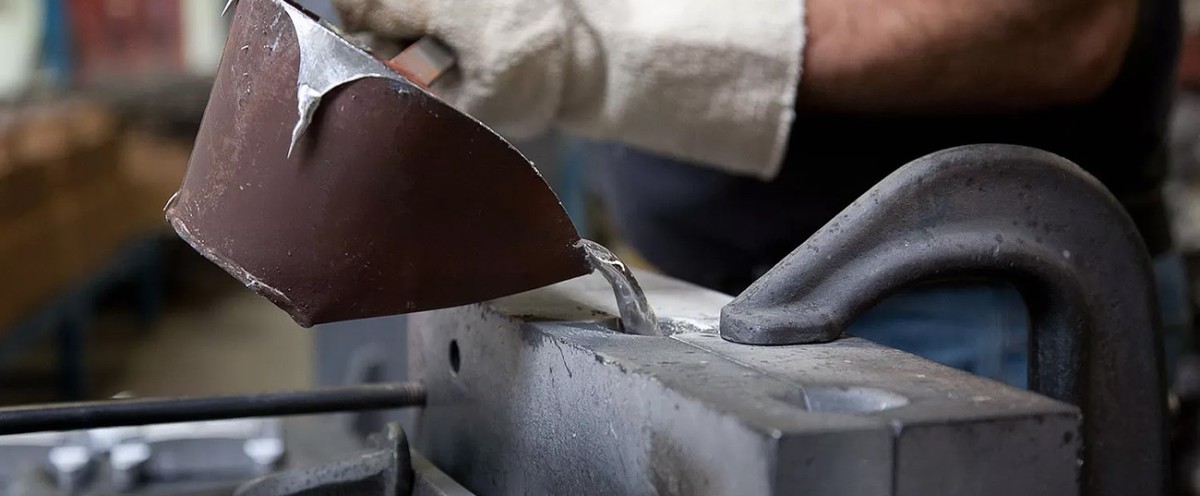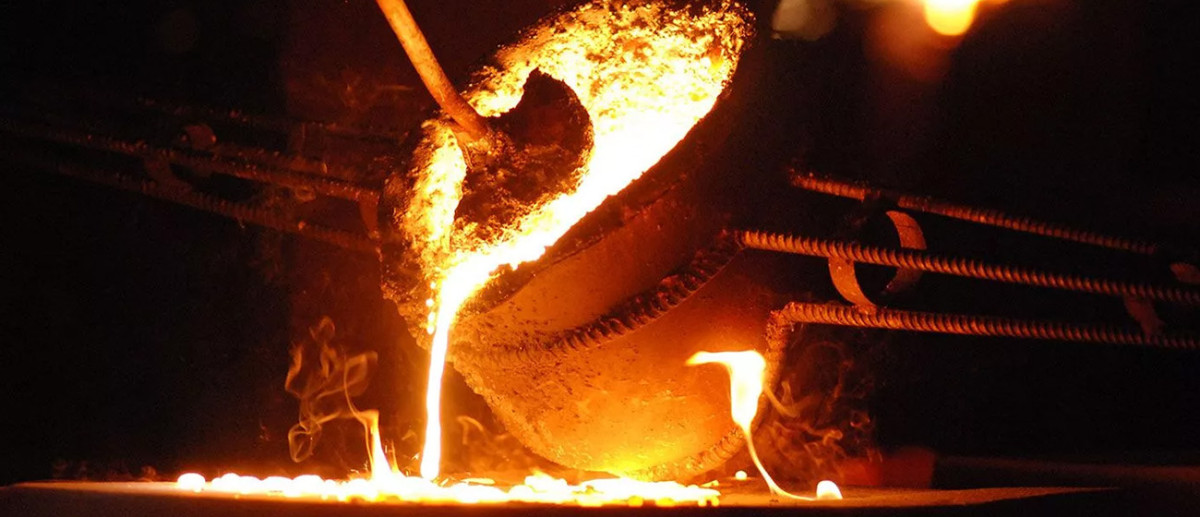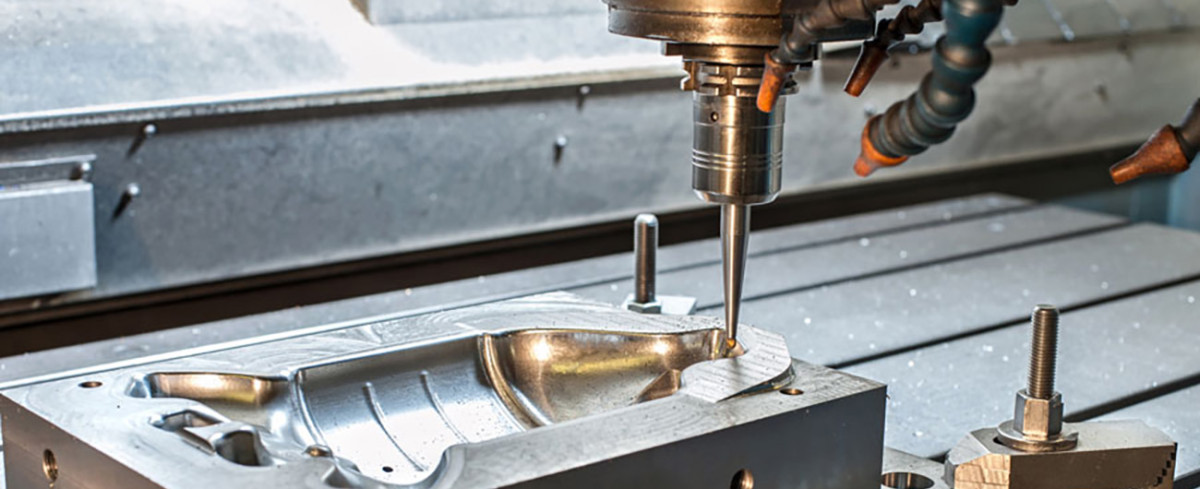CAPABILITIES
Die casting is a versatile and widely used manufacturing process that offers the ability to produce complex parts with a wide range of materials, sizes, and geometries. Customers value die-cast parts for their durability, precision details, and consistent high quality. Examples of these industries include automotive manufacturing, rail trains, agriculture, architecture, and construction.
We are more than just a die-casting manufacturer; we are your reliable partner in bringing your ideas to life. With decades of experience, a dedication to quality, and a proven track record, we stand ready to contribute our expertise to your next project. Precision die castings plus a multitude of related services, including engineering, designing, machining, finishing, and assembly, occur at Isaac Machinery.

Mold Making:
The mold is a hollow cavity that includes the desired shape, but the mold also includes runners and risers that enable the metal to fill the mold. The mold and the metal are then cooled until the metal solidifies. Once the pattern is ready, a mold is created around it to form the cavity into which the molten material will be poured. Molds can be made from various materials such as sand, plaster, or metal, depending on the casting method and material being used.

Pouring:
Once the mold is prepared and the molten metal is ready, the casting process begins. The molten metal is poured into the mold cavity through a gating system, which directs the flow of metal and helps prevent defects such as turbulence and air entrapment.
Solidification:
As the molten metal fills the mold cavity, it begins to solidify and take on the shape of the pattern and mold. Solidification typically occurs from the walls of the mold cavity inward, with the last portion of the metal to solidify being the gating system and risers.

Cooling and Removal:
After solidification is complete, the casting is allowed to cool and harden within the mold. The cooling rate and time depend on factors such as the material being cast, the size and complexity of the part, and the casting method used. Once cooled, the casting is removed from the mold, either manually or with the help of automated equipment.
Finishing Operations:
After removal from the mold, castings may undergo various finishing operations to remove excess material, smooth surfaces, and achieve the desired dimensional accuracy and surface finish. These operations may include machining, grinding, sanding, polishing, and heat treatment.

What Can We Do For You
